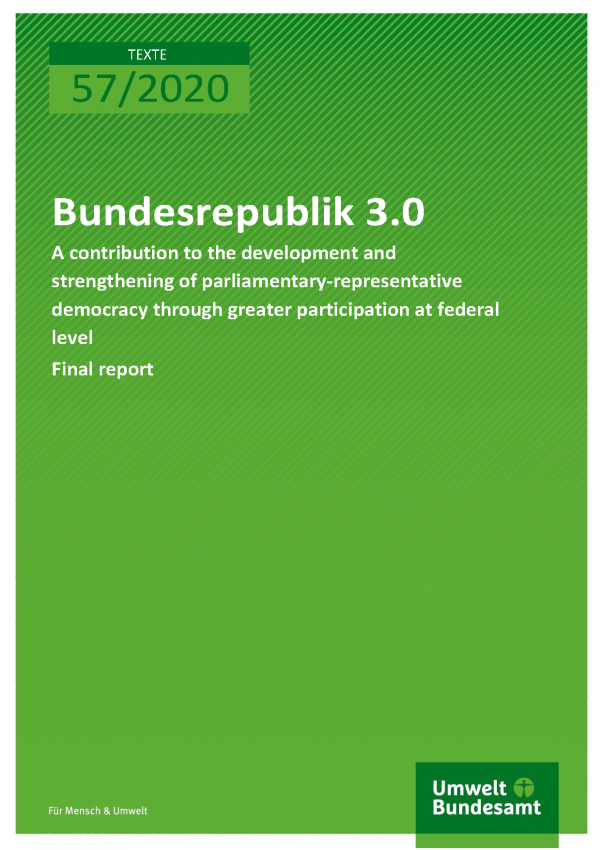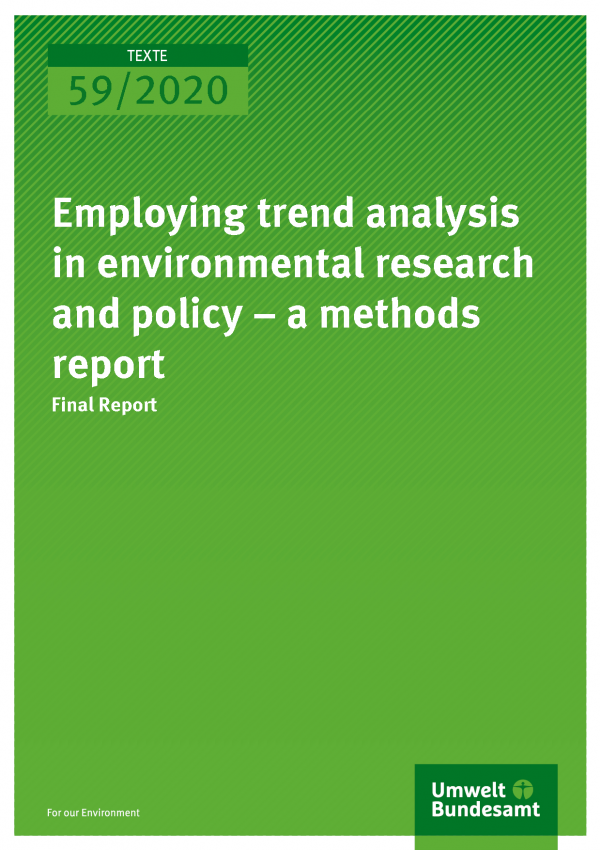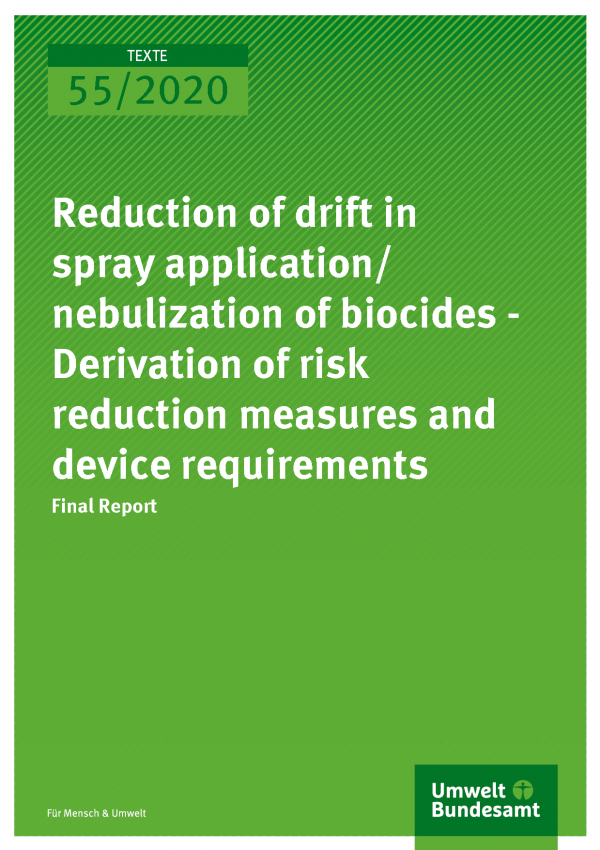Advice and infomation about the coronavirus

The novel coronavirus
Source: Getty Images / Radoslav Zilinsky |
Like many other organisations, the German Environment Agency is investigating the novel coronavirus SARS-CoV-2. There are a number of different aspects to consider:
The possible means by which the virus is transmitted: Can SARS-CoV-2 be transmitted via tap water or water from swimming pools and bathing lakes? Fortunately, we can largely dispel this theory based on the evidence currently available to us: transmission is highly unlikely. In the case of ventilation and air conditioning systems, the situation is more complex: here it depends on type, operating method and maintenance.
The impact of environmental pollution on COVID-19 infections: Polluted air certainly appears to play a role in COVID-19. As particulate matter and nitrogen oxide can cause or contribute to respiratory and cardiovascular diseases, this could mean that people in areas with high levels of air pollution are at an increased risk of a possible SARS-CoV-2 infection taking a severe course.
The impact of the coronavirus pandemic on the environment: In Germany, as in virtually every other country of the world, there is currently less air travel, car travel and manufacturing as a result of the pandemic. Naturally, this is leading to lower levels of greenhouse gases, air pollutants and noise. However, at best, this will only have a short-term effect on the environment and health. Long-term improvements beyond the end of the crisis can only be achieved by means of a targeted climate and environment policy.
Concrete advice for everyday life: The more time spent at home, the greater the importance of a healthy indoor air climate. Adequate ventilation and home cleanliness are important – cleaning with disinfectants, on the other hand, can even be harmful to humans and the environment.
Detailed advice and information can be found under the following links.






















